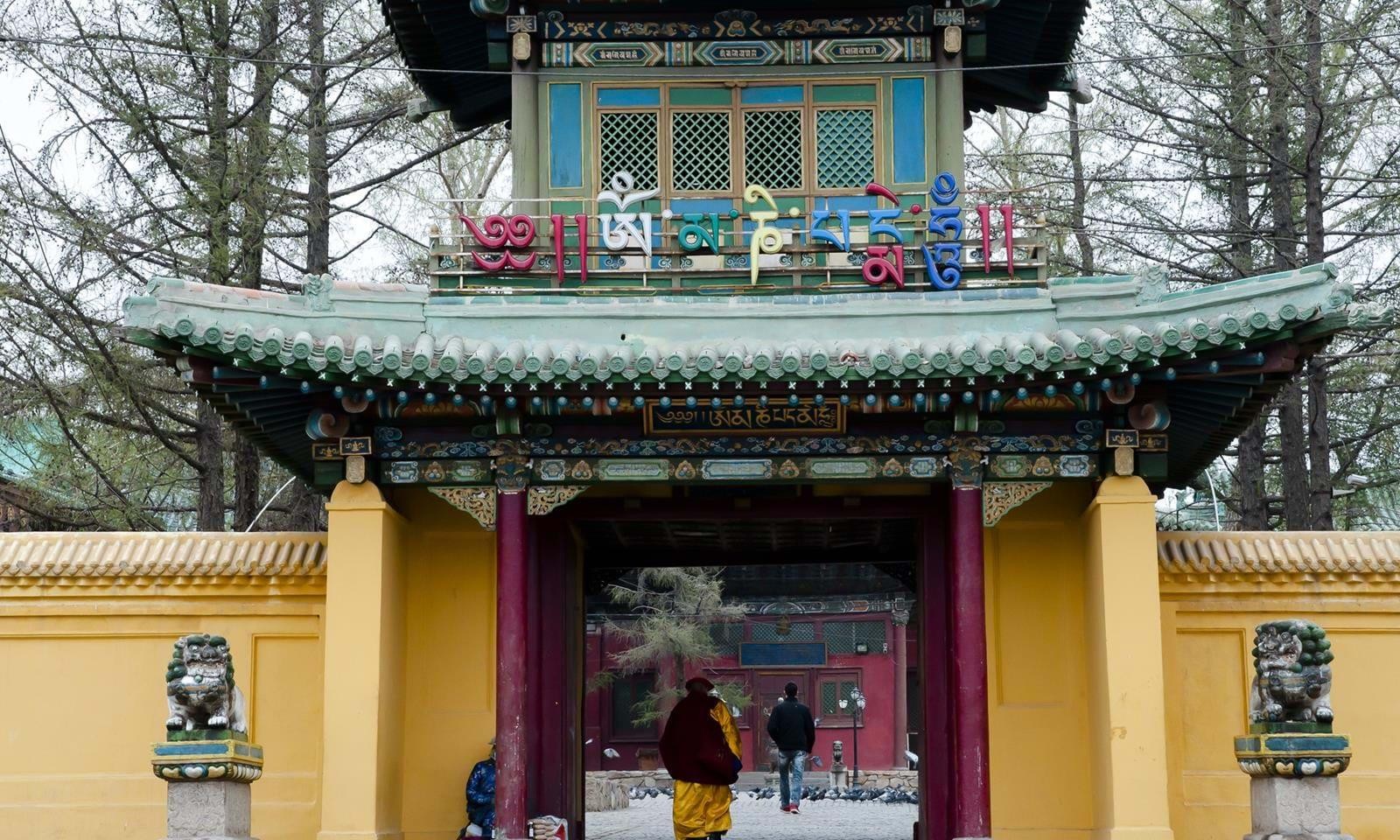Create a Bespoke Tailor-made Journey
With decades of experience, our elite team knows every corner of India in depth. We are passionate about our destination and feel every visitor to India should get to see precisely what you want... So, ask us to personalise your holiday to suit your tastes and style.
Find out more by enquiring today.
020 8566 3739
With its vast expanses of steppes, desert and taiga, Mongolia encompasses some of the most pristine wilderness on earth. The country boasts a population of just three million people, scattered over an area three times the size of France. And almost half live in one city: the capital, Ulaanbaatar.
The rest maintain a largely nomadic existence in encampments of grey, felt yurts, or gers, where they tend horses, cattle, sheep and goats – in much the same way as their ancestors did during the age of the region’s most illustrious historical figure, Genghis Khan.
Landscapes, rather than monuments, provide the main focus for visitors here. In the north, a band of wild, pine-forested mountains and lakes line the border with Russia – the start of the great Siberian taiga – while across the south stretch the sun-scorched dunes and sand flats of the Gobi Desert.
Between these two extremes lies a belt of rolling grassland, interrupted by countless hills and empty river valleys, which in the southwest rise to a range of snow-capped, glacier-encrusted summits along the Chinese border: the Altai Mountains. This thrilling scenery alone would be reason enough to visit Mongolia. But the country also preserves a unique nomadic culture. Wherever you travel, yurts sprout like exotic fungi from the great, green sea of grass, and you’ll have plenty of opportunities to stay in one, walking with local guides, or riding beautiful steppe horses.
Suggested Mongolia Holidays & Group Tours
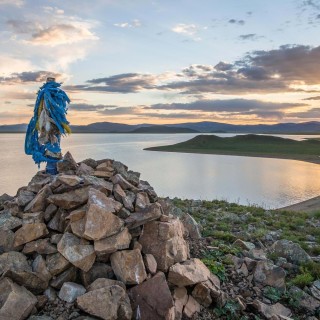
Northern Exposure
15 days from £6795 per person
Travel to one of the last truly wild corners of the planet on this two-week tour covering the highlights of north and central Mongolia.
All Small Group Tours in Mongolia All Tailor-made Tours in Mongolia Make an enquiry
Our Holiday Types in Mongolia
Travel highlights for Mongolia
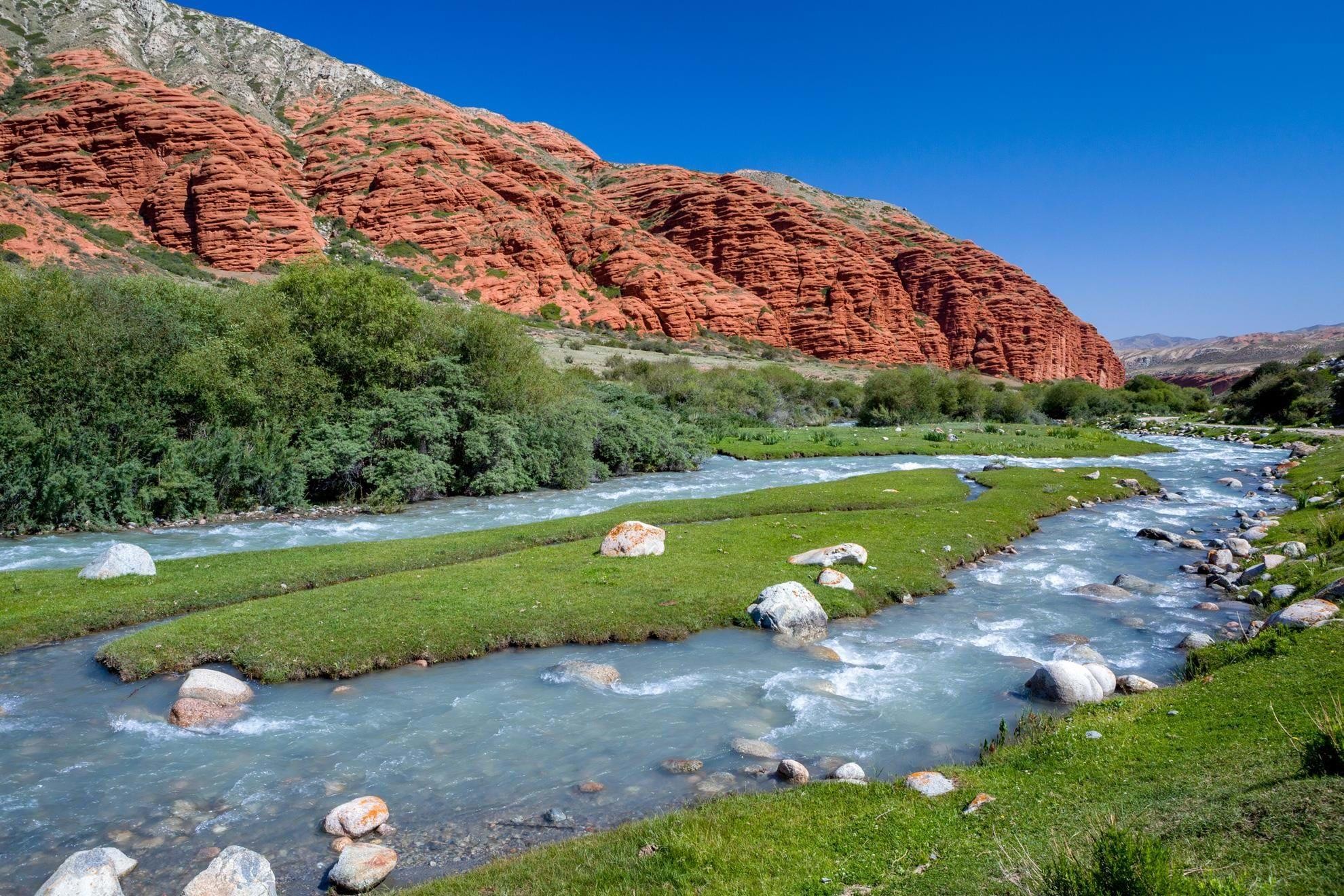 Place
Place
Bayan-Olgii
Sandwiched between Siberia and China’s Xinjiang Province, the southwest of Mongolia, known as Bayan-Olgii, comprises a far-flung tract of mountains and empty grassland.
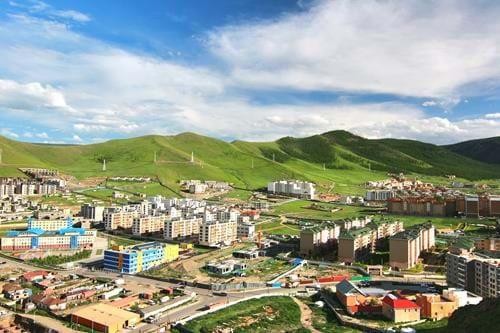 Place
Place
Ulaanbaatar
Mongolia’s modern capital, Ulaanbaatar, started life in the 17th century as a peripatetic monastery encampment of shacks and yurts, which moved every few years to different sites around the confluence of the Tuul and Selbe Rivers.
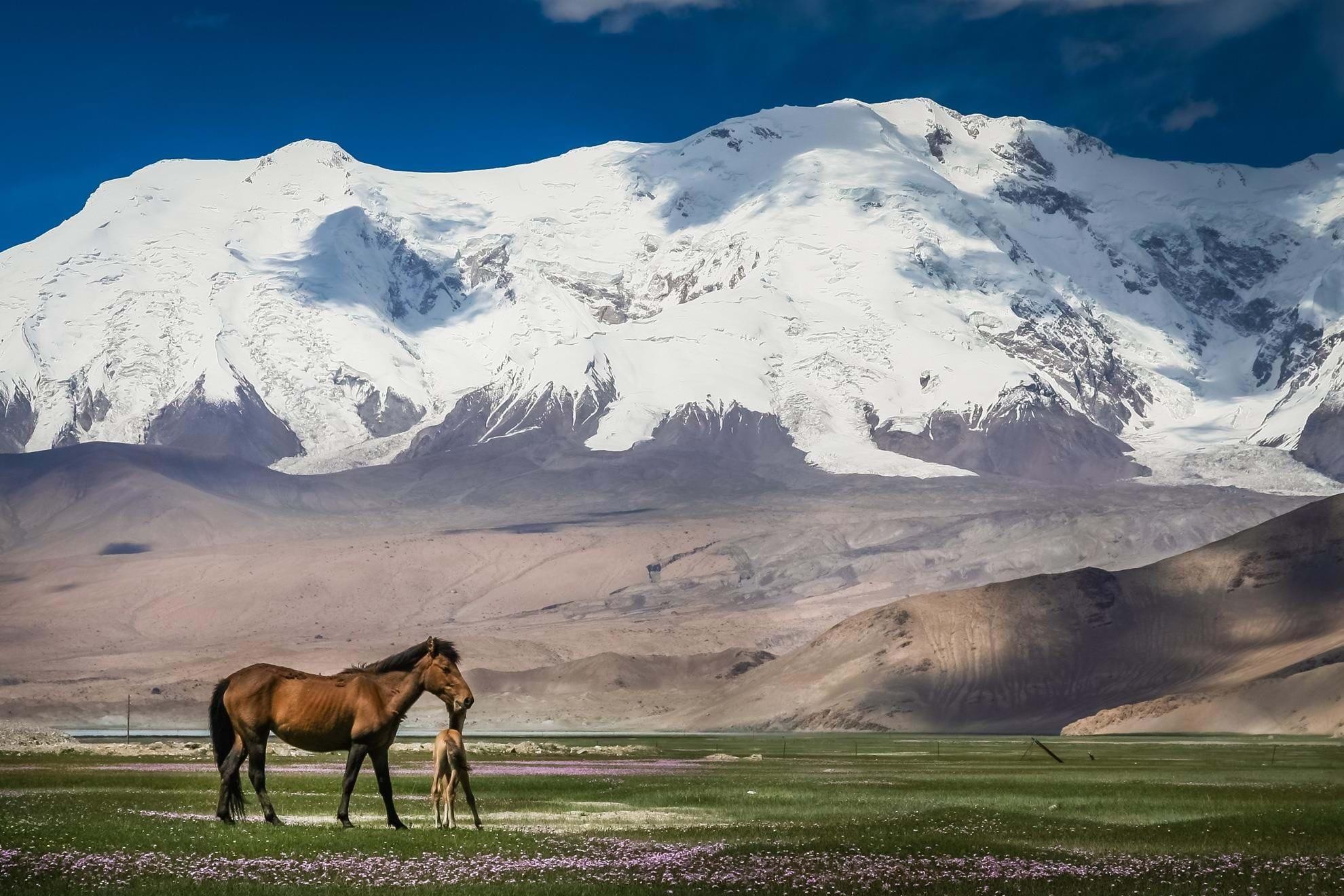 Place
Place
Khustain Nuruu National Park
This reserve to the southwest of Ulaanbaatar is one of only three places in the entire Mongolian steppe where you can still see pure, wild horses.
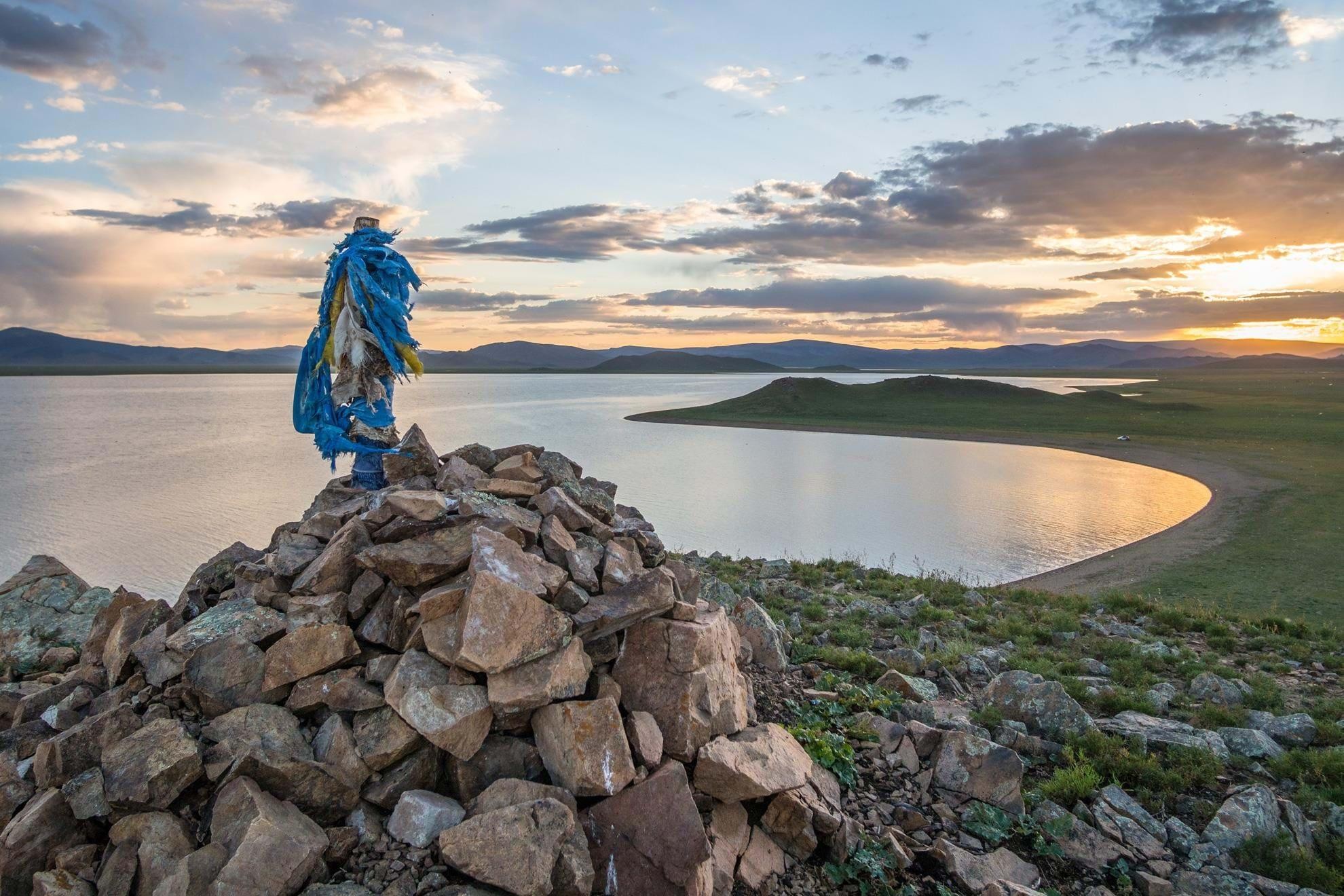 Place
Place
Khorgo Terkhiin Tsagaan Nuur National Park
Deep in the heart of the Khangai Mountains lies this exquisitely beautiful freshwater lake, formed millions of years ago when lava flows blocked the Suman River, a tributary of the Chuluut.
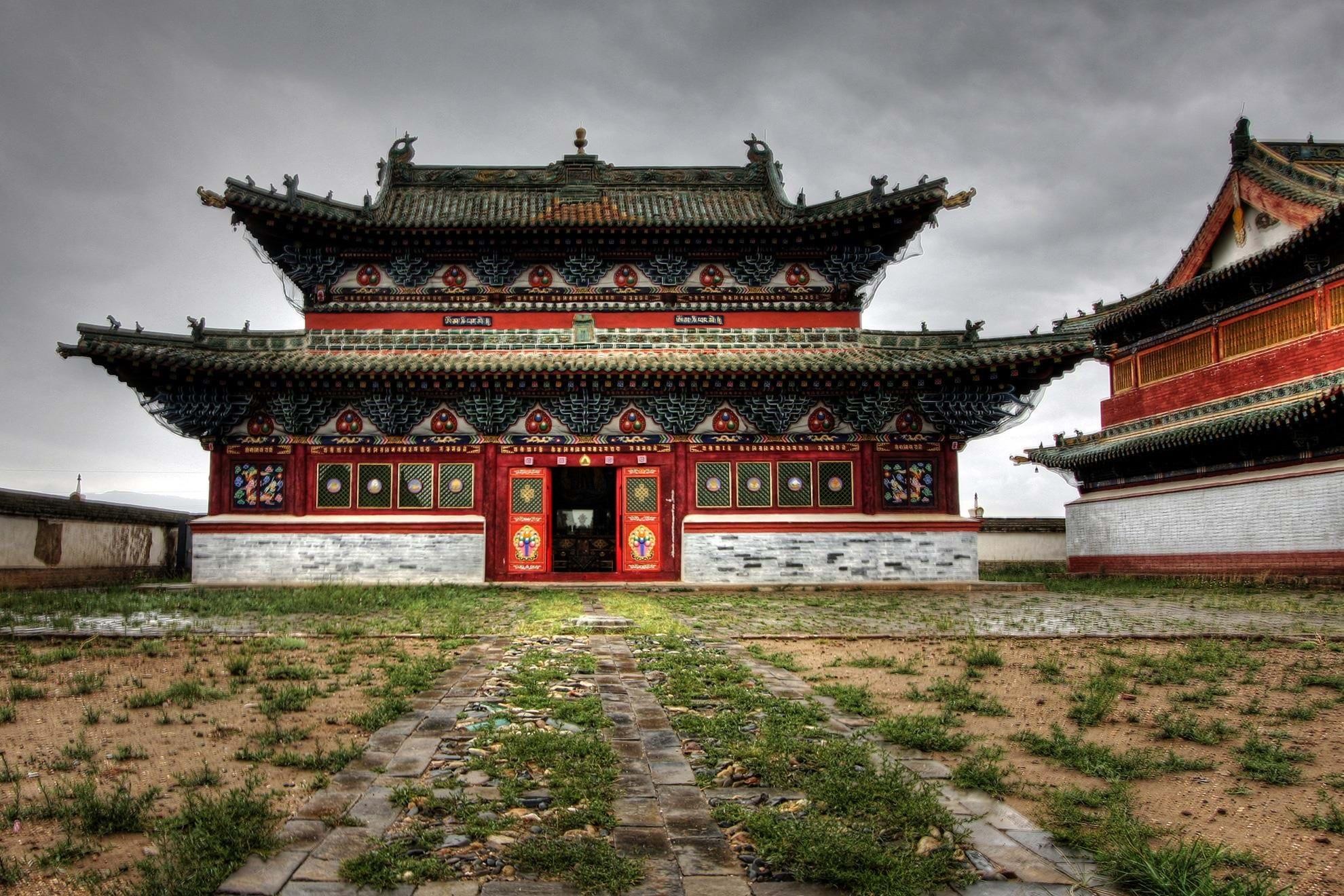 Place
Place
Kharkhorin and the Orkhon Valley
The dramatic Orkhon Valley in central Mongolia, where the foothills of the Khangai Mountains peter into the steppes, served as the site of the Mongol capital before it moved to Peking in 1264.
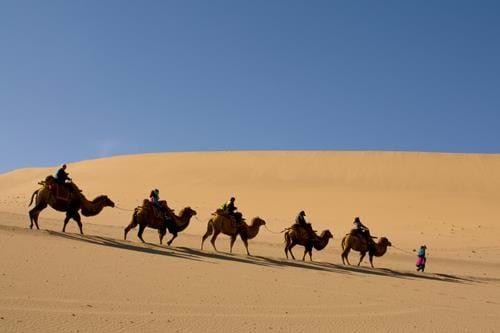 Place
Place
Gobi Desert
A vast rain shadow formed by the blocking of clouds by the Himalayas, the Gobi dominates the southern half of Mongolia. Freezing in winter and blisteringly hot in summer, this is an inhospitable landscape of sun-scorched plains
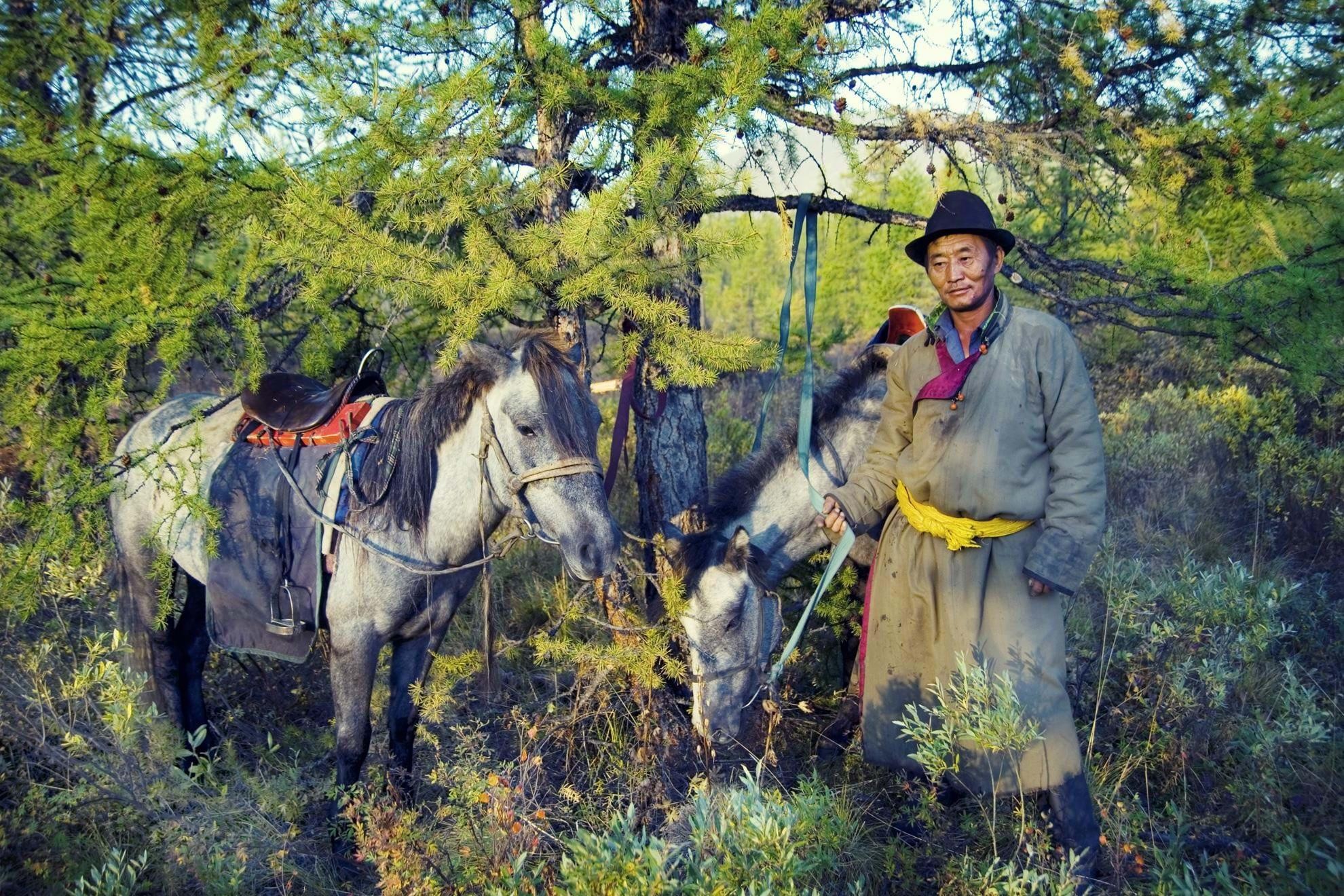 Place
Place
The Tsaatan
To the west of Khovsgol Nuur, the empty Darkhad Depression is the homeland of Mongolia’s last reindeer herders, the Tsaatan: 44 families still live in the traditional nomadic way around this pine-speckled plain, moving five or six times each year between camps at different altitudes.
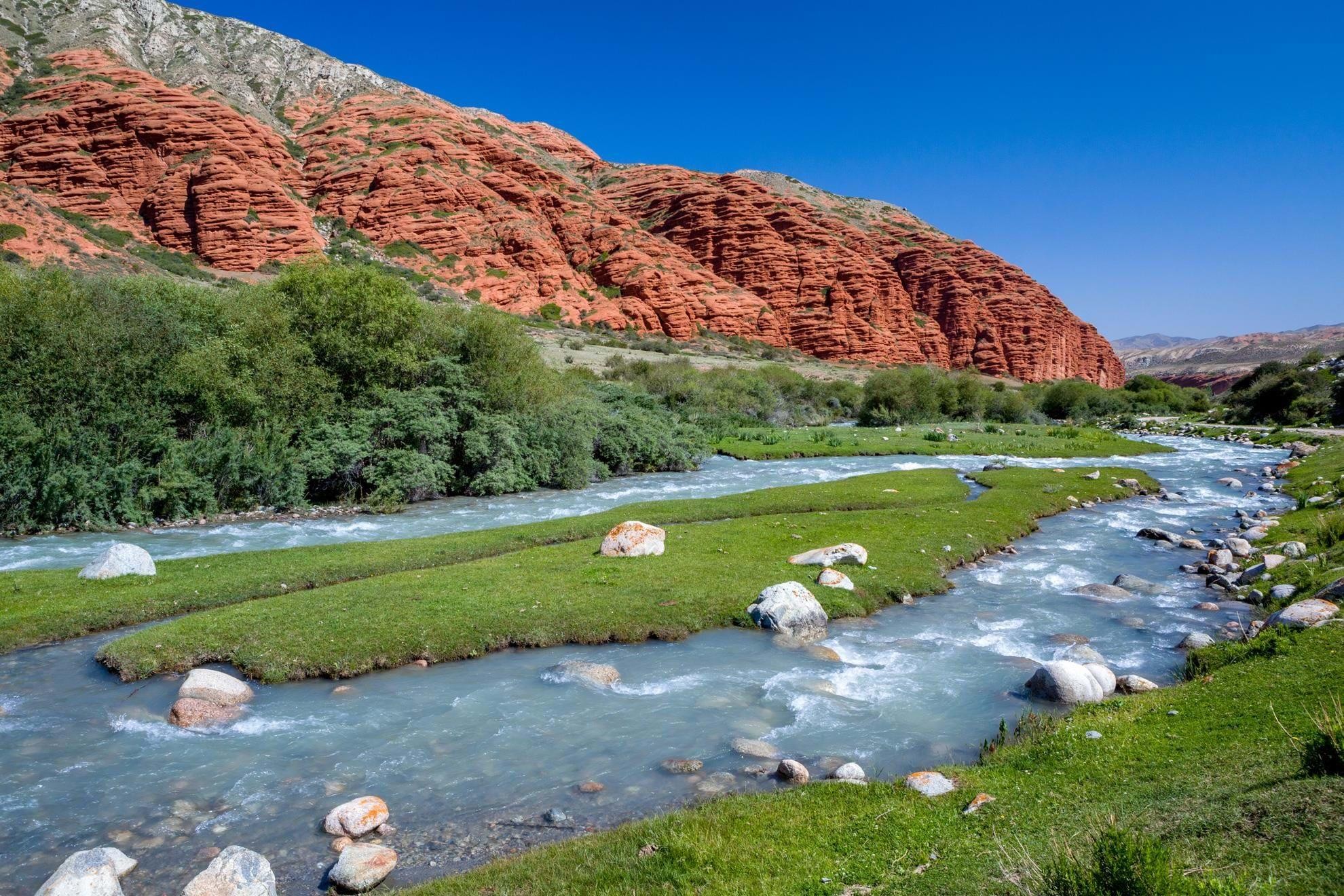 Place
Place
Bayan-Olgii
Sandwiched between Siberia and China’s Xinjiang Province, the southwest of Mongolia, known as Bayan-Olgii, comprises a far-flung tract of mountains and empty grassland. This is about as wild and remote as Asia gets: the landscape is spectacularly rugged, the climate unforgiving and infrastructure virtually non-existent.
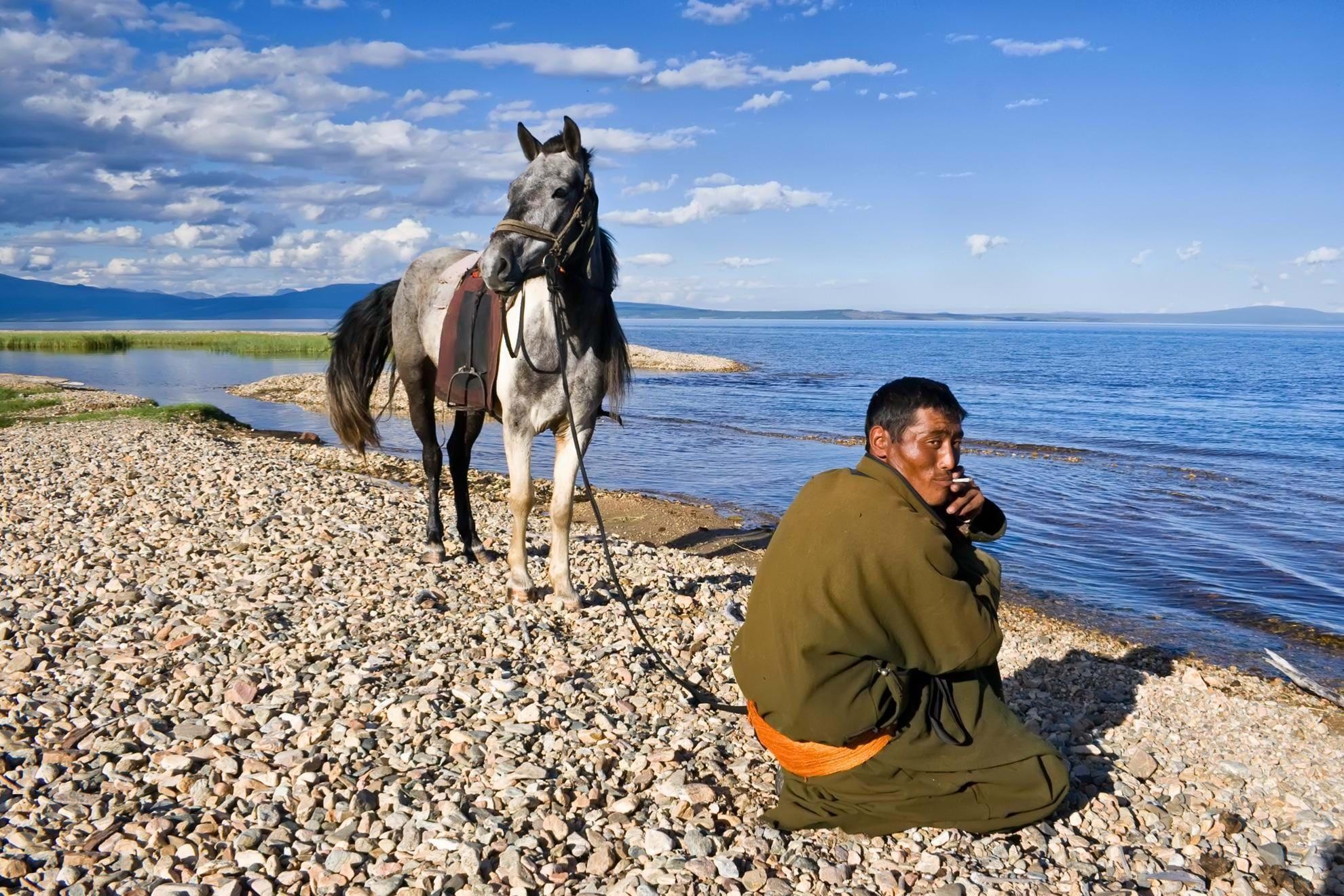 Place
Place
Northern Mongolia
The far north of the country, towards the Russian border, comprises a vast tract of wild mountains and taiga stretching to Lake Baikal in Siberia.
What our clients say on Trustpilot
Plan your Next Adventure
Now is the time to begin planning your next adventures in Asia. Our Travel Specialists are ready to take your call and discuss the perfect getaway you have been dreaming of.
Make An Enquiry0208 566 3739
Join our mailing list
For the latest TransIndus news, upcoming events, exclusive discounts, travel inspiration & more!

